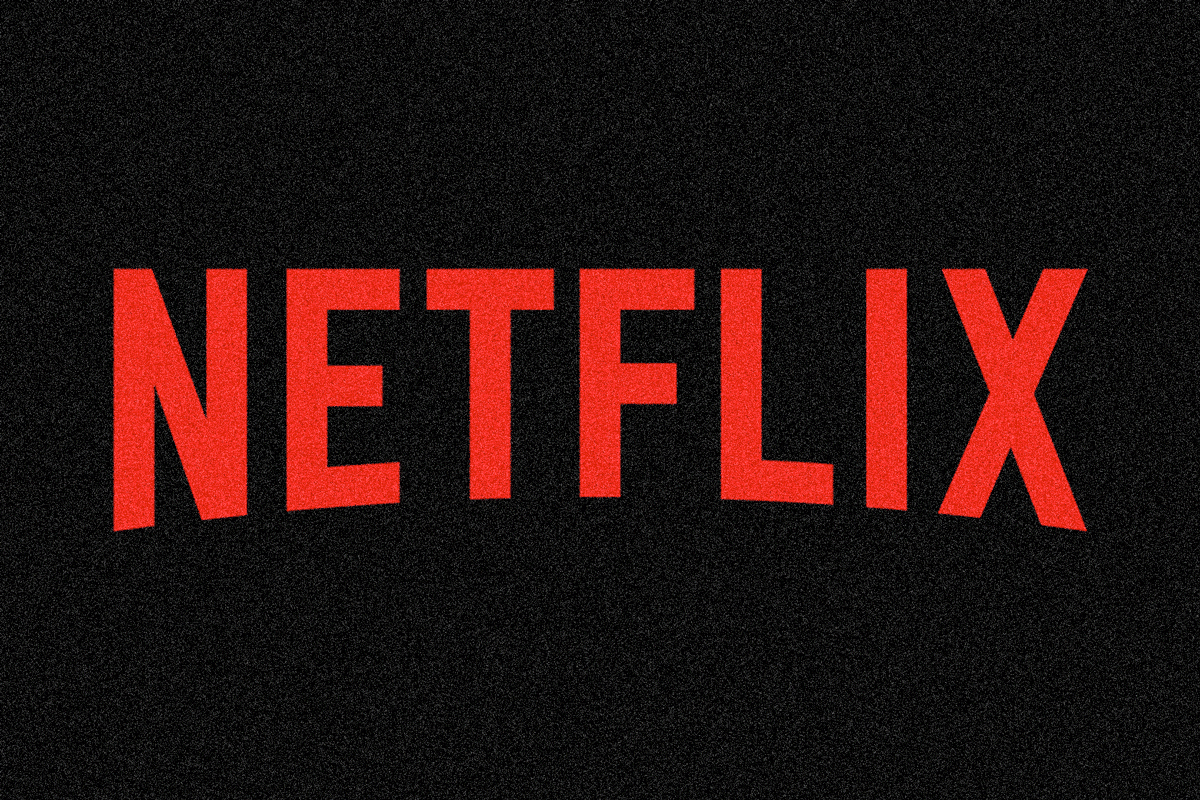A recent audit of my subscription charges revealed, to my horror, that I was somehow paying $20 a month for Netflix. That is the highest tier available on the platform. My precious cash was apparently blessing me with “Ultra HD” (no idea what that means) and the ability to use playback on four devices at once (I’ve never come close).
The streaming revolution overflows with all sorts of abject depravities, and an annual $140 fee committed toward decade-old episodes of The Mindy Project and weirdly aggrieved stand-up specials was grounds for an intervention. I needed to make a change. So for the past few months, my girlfriend and I have been living in a proud Netflix-With-Ads household. And I’m pleased to report that it’s genuinely the best thing that’s ever happened to our living room. We’re never going back.
Netflix rolled out its new budget program—called “Basic With Ads”—last winter, when the company was reeling from a precipitous drop in its growth projections and many defecting customers. The package comes in at a svelte $7 per month, and when you queue up Stranger Things or The Crown or Emily in Paris, you’ll be greeted with a few checkpoints on the timeline where your broadcast will be briefly interrupted by a Progressive pitch from Flo or a sizzle reel for Audis. It is as if Netflix has transformed into TNT; all that’s missing is the cable box.
This was once verboten territory for the disruptive streaming vanguard that brought the networks to their knees. The whole raison d’être of Netflix—when the company was at the peak of its powers in the early 2010s—was that it offered all of the prestige of your weekly Mad Men meditations without forcing audiences to sit through intermissions sponsored by Gillette. It is hard to remember now, but a decade ago, people were overjoyed about the chance to sit through all nine episodes of a House of Cards season in a slackjawed, mesmerized, noon-to-midnight haze.
Now here we are in 2023, and I can safely say that I would rather die than ever “binge watch” anything ever again. My new Netflix plan proved to me that television was perfected in the ’90s, when there were intervals allowing us to leave the couch every eight minutes. Case in point: Over the weekend, my girlfriend banged out the opening salvo in the latest season of Love Is Blind, one of the most demonic television programs ever laid to tape. With its cast of tragic thirtysomethings who date each other in windowless pod-prisons, the series perfectly exemplifies the way Netflix has pared down its mythic self-perception as the demands of capital muscled into the equation. Clearly, this show is not wisely consumed in a single stream-of-consciousness binge, because that sort of poisonous exposure could have your brain leaking out of your nose. But ad-supported Netflix provides salvation. The characters do something horrific on the screen, and before either I or my partner fall too deep down the rabbit hole, we’re brought up for air and resuscitated by a Louis Vuitton commercial. In those moments, the spell is broken, and my girlfriend and I can talk, retrieve snacks, use the bathroom, and—perhaps most crucially—decide if we really want to keep watching Love Is Blind. What a gift.
I think the commercials are best paired with the most lowbrow entertainment Netflix has to offer. They’re perfect alongside Too Hot to Handle (a reality show about whether or not horny people will have sex) or Selling Sunset (a reality show ostensibly about real estate in Los Angeles, in the same way that Vanderpump Rules is a reality show about the restaurant industry). Your mileage may vary in those dwindling instances when Netflix still wants to take itself seriously with its more esteemed catalog. (Roma is not really the sort of thing you watch with commercials.) But frankly, I relish the ancestral joy of throwing on a film that reeks of those long-gone pre-streaming nights where you flipped over to VH1 and found yourself consuming the last two-thirds of Minority Report. The commercial breaks bring the dramatic tension to a simmer as you return to the kitchen for another beer. In that sense, Netflix has resurrected a wondrous family tradition: Everyone gradually congealing around the television, usually after dinner, for an Empire Strikes Back broadcast with a cable-ballooned runtime.
I can only hope that Netflix will continue to go down this path. Could we get some interstitial teases alongside the commercials? Perhaps a cryptic 15-second clip before the ad break that hints at whatever psychic damage the next Love Is Blind segment will surely unleash? Could we get the cast of Stranger Things reading off Doritos advertising copy? Or maybe a very special episode of The Crown presented by the Dyson Airwrap? The possibilities are endless. Everyone needs to downgrade to Basic With Ads as soon as possible, because really, it’s only a matter of time before Netflix ups the price to 20 bucks a month for that, too.
